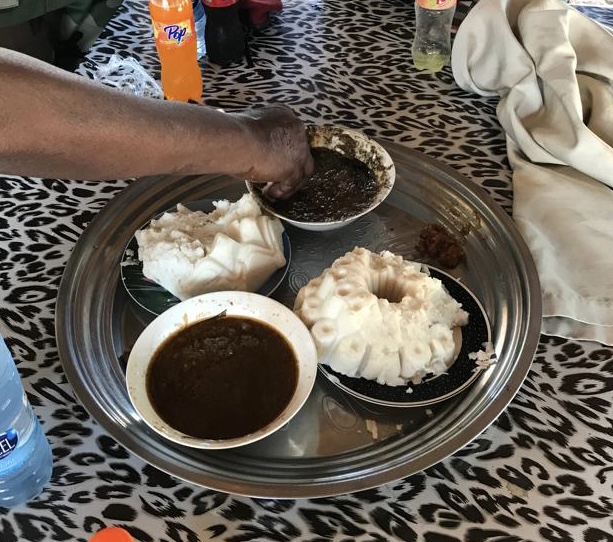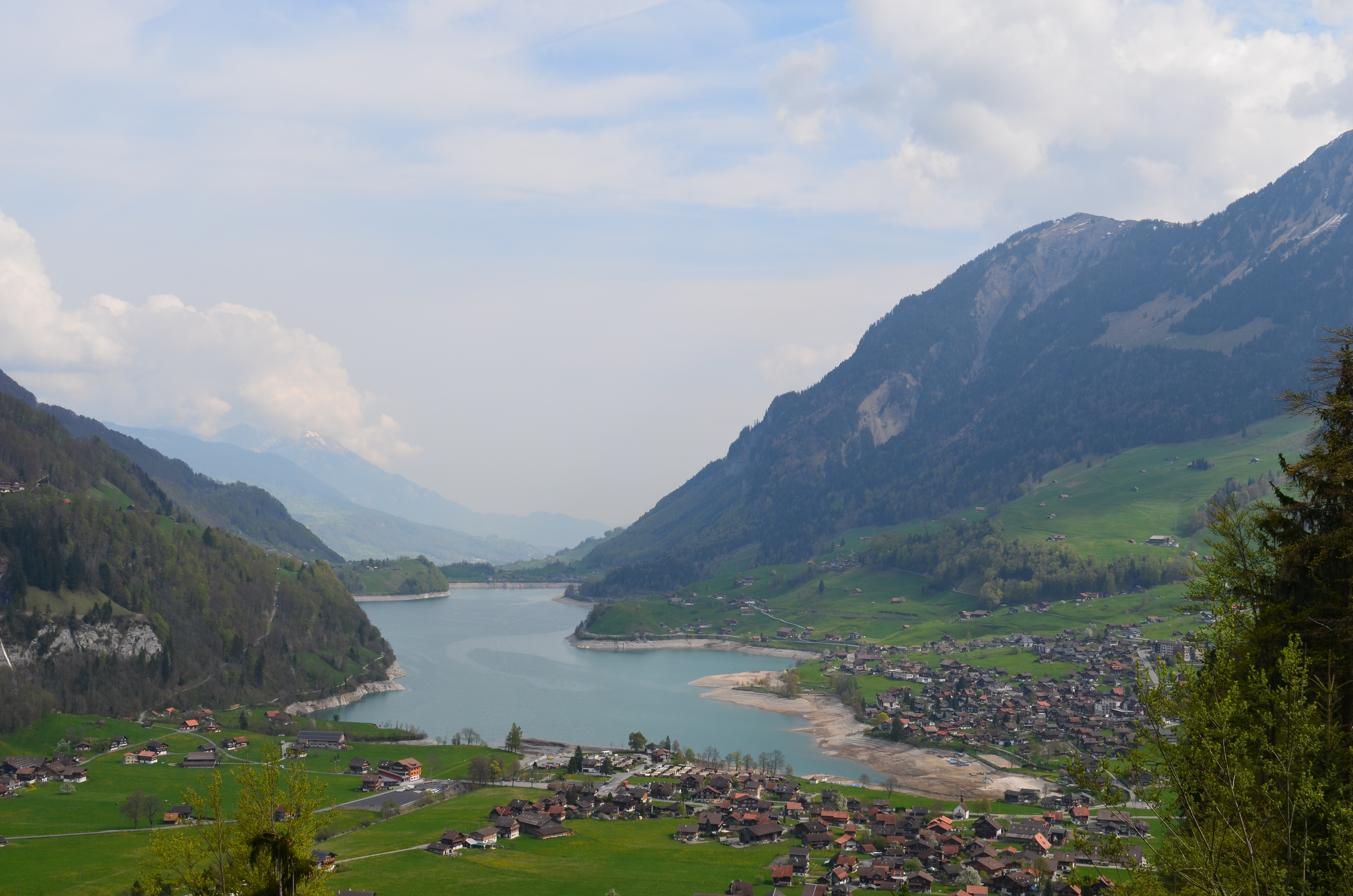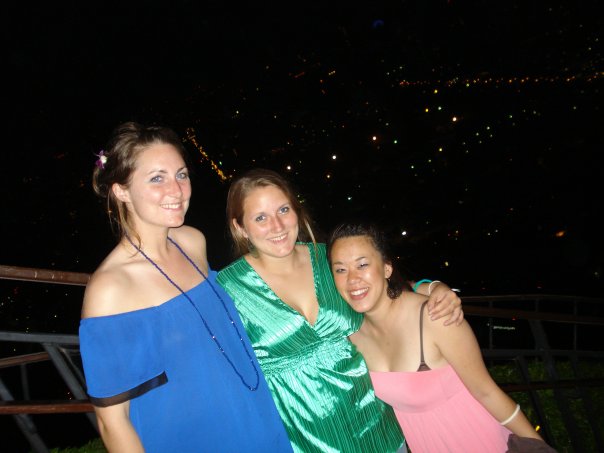Traveling overland is one of the best ways to understand a country. Doing so with people that are from the area you are traveling is even better. I got to do exactly this, first taking a UN flight to Moundou (through Abeche) and then driving back to N’Djamena through the town of Bongor (along the western border heading north from Moundou).

Security severely limits travel not only to Chad, but within the country and in the region. The only non-Chadians traveling are not doing so for leisure, but to check on various humanitarian projects going on within the country. Roads exist but are not always paved and are impassible during rainy season. In fact, rebel incursions from the north can predictably be expected only during certain times of year due to natural flooding that occurs from May-August. Lack of infrastructure is one of the defining, and unfortunate, things about Chad.
The work I do in Chad is tied to Security Cooperation, which encompasses a span of activities from human rights to professionalization efforts. One of these many programs is an HIV/AIDS prevention and treatment program for the Chadian military. The US, through a third party implementor, funds and supports 21 different health units embedded within the Chadian military to combat HIV/AIDS, TB and other associated diseases. After a complete shutdown of traveling due to COVID and security concerns, we took our first trip to the south of Chad in 6 years. Flights within Chad consist of privately chartered aircraft and UN sponsored flights. I took a World Food Program (WPF) sponsored flight from N’Djamena, stopping off in Abeche and landing in Moundou for two nights. ‘
The Chadians I work with are all from the Southern part of Chad. Schools are better, it is greener, and according to them “the air is fresher.” I would say this is true, though walking around the town and driving through some of the smaller villages, I honestly couldn’t tell much of a difference between N’Djamena and Moundou. It is cleaner, and the air possibly fresher, but similar concrete buildings, mud huts with metal roofs and dirt roads. Most of the buildings that existed in the town had not been improved since the 1940s when Chad was still a French colony and I could not help but look around town and feel a twinge of sorrow at the poverty, the difficulty of life that is just a simple fact in this part of the world.

There is nothing glamorous about being poor. Nothing glamorous about living in a place that has dirt floors, no running water or electricity. About having every day be a struggle in a way that most members of the western world, even the poorest, have no comprehensive of. Nothing compares. Yet despite this, the village lifestyle is often preferred to that of the hustle of the city. Life is simple. It surrounds around family, and doing work that allows your family to eat. Relationships are everything and there is a communal understanding that does not exist in other parts of the world.
While we were out on mission, one of the guards fell from the back of the truck; he was rushed to the hospital, lucky that we had someone on our team that was medically trained. The fall was his error – turns out he was drinking on the job and had quite literally toppled over in his drunkenness. Although we did fire the entire security team, everyone, including my colleagues from the embassy contributed to pay for his medical bills. In a country that is defined by scarcity, I can only imagine the overall cost – certainly not something a low ranking soldier could afford. This is the type of communal spirit that takes longer to see. To see past the poverty, the struggle of everyday life that is the beauty of a country like Chad.
Markets are some of the best ways to do this. They are the heartbeat of industry and society. Products sold are fairly simple, typically anything remotely manufactured comes from China. Areas are divided from peanuts to produce to furniture. It is an art – to maintain pristinely-clean furniture sat outside on dust covered walkways. When looking at buying fresh produce, it is not uncommon for Chadians to sample before they buy, simply taking directly from the pile. Women often run many of the produce stands with infants strapped to their back, breastfeeding as deemed necessary.

Food is the next, and almost always the most classic way to get into a culture. Chadians eat largely with their hands in large sharing circles. The most typical meal is a type of sauce either made with meat (usually beef or goat) or a vegetable sauce called daraba leine using fresh okra or yabis using dry okra. Camel, goat or fish are other favorites paired with a baguette, as remnants of its colonial past show in interesting ways throughout the culture. Chadians are usually religious about washing their hands before and after the meal, typically having a pot of water with soap brought around – and this is crucial as gastro and waterborne illnesses run rampant due lack of sanitation and communal eating.

This is a classic ‘working mans’ breakfast. Before dipping in, butter was poured on top of the dishes. A dried bone spice called kawal is also often paired with the dish.
Portable food is not a thing. Refrigeration is rare and electricity is not consistent. A common way to transport your food is to purchase a goat or other live animal and take it with you. When its meal time, slaughtering an animal and eating it then and there is the method used most commonly. One perk of Chad is everything is truly fresh and as organic as they come, but without the pesticides comes all the other things that are typically killed by them. Local eating is not for the faint of heart, as is nothing in or about this rarely traveled country.





























